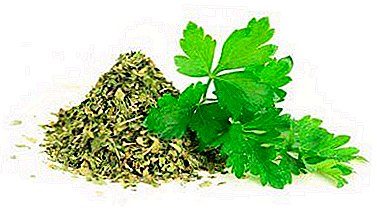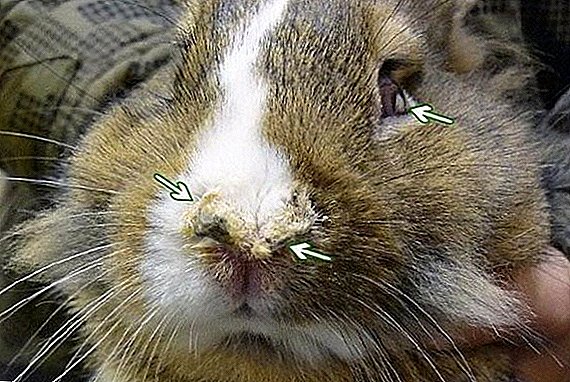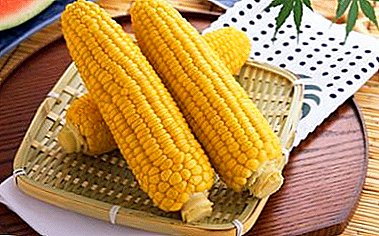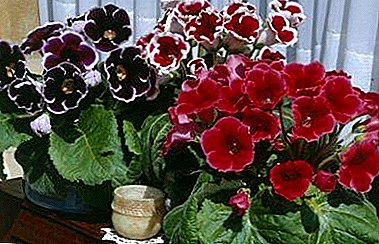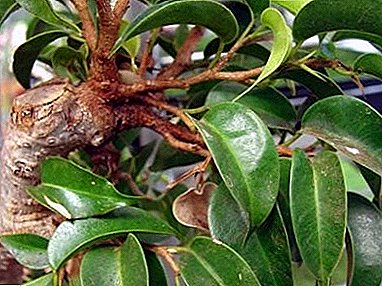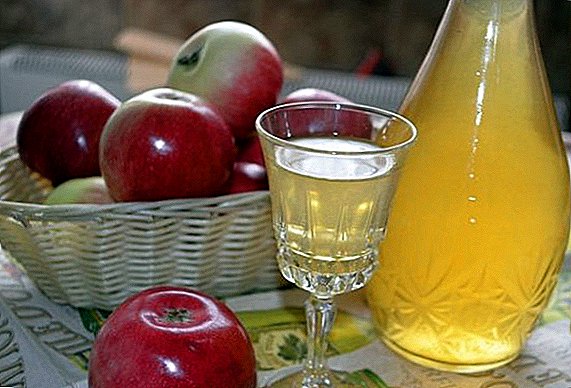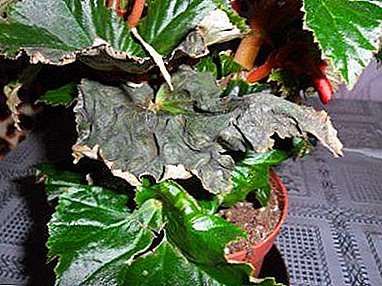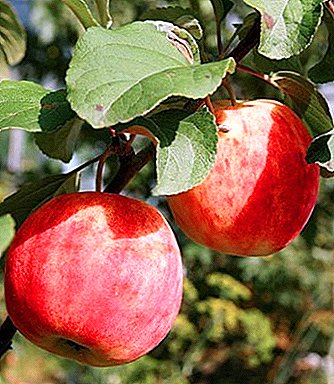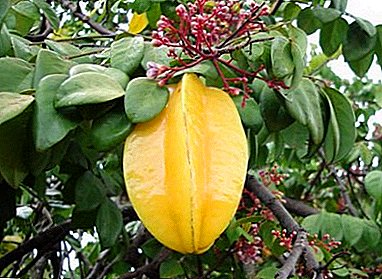
Carambola is an evergreen tree with exotic fruits, belonging to the family of sour. Homeland tree - Sri Lanka, India and Indonesia.
Currently grows in the countries of South America, USA, Israel.
In the cut, the fruit has the shape of a star. Carambola fruit contains a huge amount of organic acids. It is also rich in vitamins C, B1, B2 and B5, calcium, phosphorus and iron.
The fruits are used in the preparation of main dishes, salads and desserts, salted and marinated. In Asia, flowers are used in traditional medicine.
What it is?
Latin carambola name - Averrhoa carambola. In the wild, trees reach a height of 5 m. They have a very dense crown with oppositely located oval, slightly pointed leaves.
Leaves soft and smooth to the touch dark green color. They are very sensitive, like sunlight, so they come together for the night.
A photo
In the photos you can see how this fruit grows.



Home care
At home, there is also the possibility to grow a cannon.
After the purchase
After purchasing a carambola seedling, it needs to provide a comfortable environment.
Pot set to a place of permanent growth. This place should be sunny, but direct rays should be avoided. Within 10-14 days he will get used to a new place. After which the seedling can be transplanted into a container with a new soil.
Watering
In the summer months needs plenty of watering. In winter, the amount of moisture reduced. The tree does not like excessive moisture of the soil.
It is necessary to ensure that there is no stagnation of water in the pan. Due to excessive irrigation, soil will sour and root system will rot.
Dry ground also should be avoided. The lack of moisture will affect the appearance of the plant. The leaves will lose their luster, wither and fall off. With a constant lack of moisture, the plant will die.
Bloom
 3-4 years later the tree begins to bloom, the first fruits appear.
3-4 years later the tree begins to bloom, the first fruits appear.
Female and male flowers bloom on the tree.
They are mainly self-pollinating, some varieties require artificial pollination.
Blossom tree may up to several times a year. Fruit ripening occurs in September or October.
Crown formation
Crown carambola periodically needs pruning. This is done to give the tree a decorative look. When pruning extra branches, side shoots appear, the crown becomes more dense.
Also, dried twigs are periodically removed.
Soil
Soil for planting need lightwith good air flow. To do this, mix the finished soil with vermiculite in equal parts.
Planting and transplanting
Young tree Carambola is transplanted annually in spring, at the end of April.
Older tree does not need frequent transplantation, only as needed.
Breeding
The easiest way to breed - cuttings. To do this, cut the twig and put in a vessel with water until the roots. After their appearance, the stalk is planted in a separate container. At the bottom of the drainage must fit.
Another breeding method - seeds. In February, they are sown in peat land or moss. Seeds must be taken fresh, stale will not give sprouts. Sowed seeds are covered with a film.
Growing up
 For good growth plant fed in the spring and summer months. For fertilizing purchased complex fertilizer in a specialized store.
For good growth plant fed in the spring and summer months. For fertilizing purchased complex fertilizer in a specialized store.
To avoid an overdose, you must strictly follow the instructions. Since a glut of fertilizers can adversely affect the condition of the plant.
Carambola - photophilous plant. For the proper development of a pot with a tree is placed on a well-lit place.
For constant growth fit windows facing east. In the morning the tree will receive a sufficient portion of sunlight, and the midday rays will not burn the gentle foliage.
Temperature
Most comfortable will be at a temperature of 22-27 degrees in the summer months. In the winter months, the plant should not be supercooling. The mark on the thermometer should not fall below 17 degrees.
Diseases and pests
 With excessive moisture or stagnation of water souring of the soil and rotting of the roots may occur.
With excessive moisture or stagnation of water souring of the soil and rotting of the roots may occur.
For the same reason, fungal infections are affected. You can save a tree only by transplanting it into a new ground.
Of pests the nematode and the fruit fly are most common. To combat pests in the store you need to buy toxic chemicals, process the plant. When processing, observe the safety rules.
Carambola is quite easy to grow at home.
Benefit and harm
Most often, the fruits are removed from the tree immature. But the most useful properties have freshly picked ripe fruit carambola.
The high content of calcium, iron and phosphorus in the fruit is very good for the heart. In addition, organic acids are included.
Vitamin C strengthens the body, B1 - heals the nervous system, B2 - strengthens the nails and hair, makes the skin radiant.
The use of carambola (fruit, flowers and leaves). Fruit used in traditional medicine. For example, a decoction treat fever and headache.
Flowers used as a styptic. Broths and tinctures are used as diuretics and for the treatment of infectious diseases.
In different countries, the fruit is used to treat hemorrhoids, vomiting, pain relief, and even to relieve a hangover. Candied and dried fruits are used as a choleretic agent.
Leaves treat skin diseases like lichen and smallpox. A decoction of the roots is used for intoxication. And the seeds are used as a sedative. Fruits have the ability to lower blood pressure and normalize blood sugar.
Since the fruit is rich in acids, it is contraindicated for people suffering from gastric diseases. These include increased acidity, gastritis, ulcers.
Indications and Contraindications

- Due to the extensive availability of vitamins of the “B” group in fruits, the carnival is used as a normalizer of the nervous system, digestive organs and the thyroid gland, stimulates the production of hormones and improves the blood.
- A large amount of ascorbic acid in a cannon causes, in its use, the strengthening of the body's immunity, the mobilization of protective systems.
- The healers of the Asian regions in which this fruit grows recommend it as a treatment for:
- headache,
- hemorrhoids, diarrhea,
- hypertension
- smallpox and skin diseases.
- Also used for the preparation of diuretic and antiemetic drugs, antidotes for poisoning.
Contraindications This fruit is based on the fact that it has a high content of oxalic acid. Therefore, the use of cannon should be limited in cases of:
- acute gastritis and stomach ulcers,
- enterocolitis,
- duodenal ulcers,
- the presence of renal pathologies.
Important! In cases of excessive use of carambola, the occurrence of intoxication is likely, signs of which will be: vomiting, general weakness, numbness and insomnia. It should be remembered that eating any fruit should be reasonable.
How to understand that ripe? How to choose?
By visual indicators of maturity, carambola is similar to a banana. An immature fruit will have a greenish tint, it is more firm to the touch, and the ribs have a clear separation. Fully ripe carambola is softer, the fins are fleshy and have a yellow color, sometimes with a brown stripe along the edges. In taste, the ripe fruit is sweet-sour and watery. In the immature taste of the acid more and it looks more like a vegetable than a fruit.
The question of choice for yourself, respectively, lies in your taste preferences. If you like the sweet fruit more, then it is worth taking a fully-ripe cannon. If the "sour" is preferable, then you can stop the choice on a slightly underripe.
How to eat a carambola?
Carambola is an exotic fruit with a very wide flavor range. Therefore, the use in cooking it is very extensive:
- As an independent dessert, raw; for ice cream - with syrup or jam.
- In the preparation of marmalade, jelly or puddings.
- Unripe fruit is used as pickled, pickled or stewed vegetable.
- Sliced and fried in oil - as an additive to meat and fish dishes.
- Due to its watery composition, chopped fruit is excellent for adding to the sauce.
- Juice is an ingredient in many cocktails based on pineapple or orange juice, giving an unusual taste.
She will bring not only exotic to the house. Its fruits are rich in vitamins and organic acids. In addition, ripe fruit can be eaten raw, and decorated with salads and cocktails.
More information about the cannon in the following videos.


